Society has developed this harshly negative perspective of people we would refer to as “addicts.” They are frequently viewed as people that chose their addiction over their family and their careers. However, there are changes in their brains that keep them coming back to repeat activities at an unhealthy rate, whether that is drugs, alcohol, nicotine, or even gambling, video games, or pornography.
The Addiction Cycle
Like all addictions, it all starts with the initial usage. With drugs as an example, as one uses the drug more, they start to build a tolerance to the substance and will need more of it each time the use it to feel the same as they did previously. However, at this same time, the user goes through a process known as sensitization. This is where the user’s brain needs less of the substance to perform the chemical effects in the brain. Now the brain is starting to become dependent on the drug and can cause people to go above and beyond to acquire whatever has caused them to become addicted. As one begins to wean off the drug, a user will feel effects of withdrawal. These effects will be the result of one’s brain attempting to return back to the way It functioned before the drug was used. If users can not resist the urge, they can relapse and use again, starting the cycle over.
What Keeps People Coming Back?
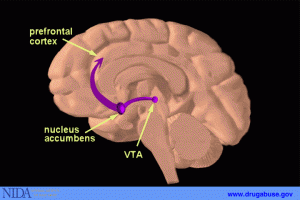
Certain behaviors are needed for survival (eating and sex) and can give pleasurable feelings through something known as the reward pathway. Drugs and other forms of addiction can use this pathway, making a person feel like they need to use their substance of abuse. The pathway starts with the movement of dopamine in the brain, from the ventral tegmental area (VTA) to the frontal cortex. Dopamine will then bind to its receptor on the membrane of a neighboring neuron, resulting in the feeling of pleasure. While this pathway is used for necessary stimuli such as food, certain stimuli (e.g. drugs), release a massively larger amount of dopamine than natural stimuli, resulting in prolonged stimulation from dopamine. Overstimulation is the cause of the euphoric effects from drugs, and eventually, this overstimulation can make it harder for the reward system to function properly. The drug may become the only thing that feels rewarding, causing obvious issues in the lives of users.

What Can Addicts Do?
For those seeking treatment for their addiction, there are three phases in treatment:
1.) Detoxification – reducing the effects of withdrawal overtime in a safe environment
2.) Initial recovery – finding inspiration and strategies to keep from relapsing
3.) Relapse prevention – forming long-term strategies to avoid returning to a substance
As far as detoxification, there are a few medications and devices used to help patients through symptoms of withdrawal. For example, one can use various forms of agonists to give similar effects as drugs of abuse, but to a lesser degree in a safer environment. Conversely, one could use antagonists to block the rewarding effects of drugs. Examples of these for opioids are methadone (agonist) and naltrexone (antagonist). Lastly, there are many forms of behavioral or psychological therapies through formations of strategies, reward systems, and other reinforcements.

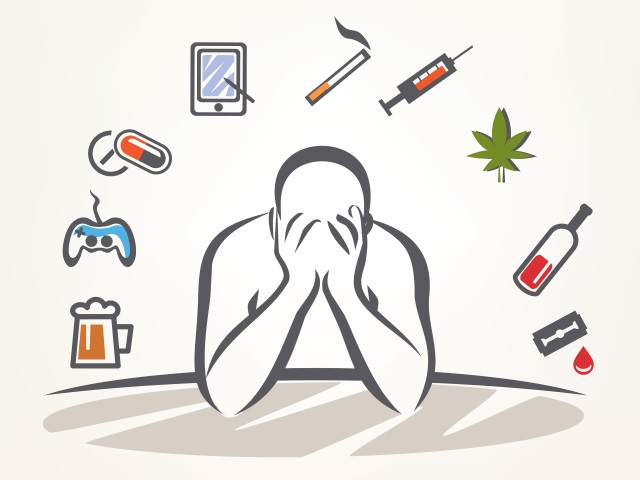
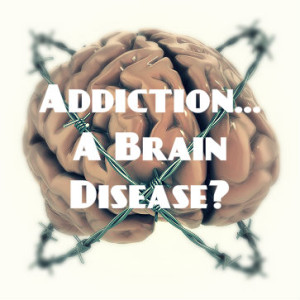 drug addiction, you, like many other people, would create the image of a “junkie” in your mind. This is part of the problem with addiction, one of many problems that will be discussed later. Many people believe that addiction is a choice; little do they know that drugs have the ability to rewire a brain, forcing people to seek those drugs above all else.
drug addiction, you, like many other people, would create the image of a “junkie” in your mind. This is part of the problem with addiction, one of many problems that will be discussed later. Many people believe that addiction is a choice; little do they know that drugs have the ability to rewire a brain, forcing people to seek those drugs above all else.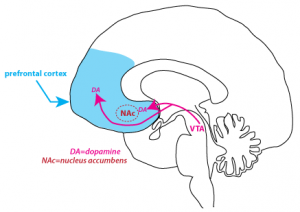 D2 receptors creating the rewarding effects of drugs or natural rewards. Under normal conditions, the reward pathway controls an individual’s responses to natural rewards, such as food, sex, and social interactions1. This pathway is important in determining an individual’s motivation and their incentive drive1. Stimulation of the reward pathway tells the individual to repeat what it just did to get that reward1.
D2 receptors creating the rewarding effects of drugs or natural rewards. Under normal conditions, the reward pathway controls an individual’s responses to natural rewards, such as food, sex, and social interactions1. This pathway is important in determining an individual’s motivation and their incentive drive1. Stimulation of the reward pathway tells the individual to repeat what it just did to get that reward1.


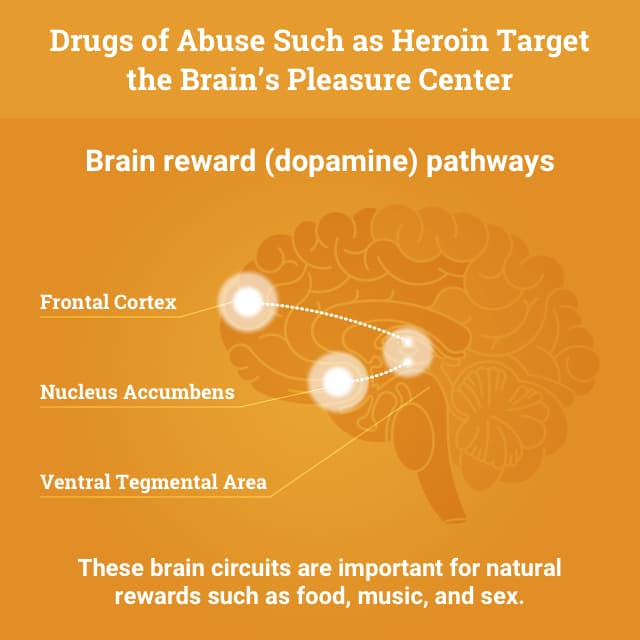


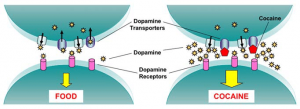


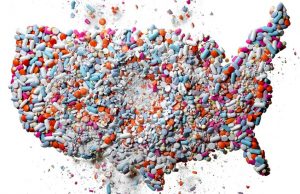

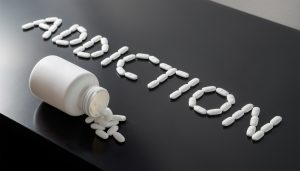
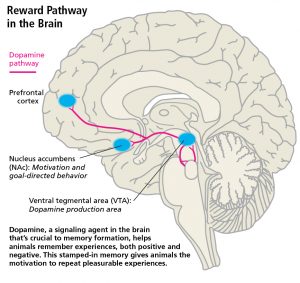
 Figure 3.
Figure 3. games, gambling and many other things of that nature. When one becomes addicted to drugs or any activity, the reward pathways in their brain are being altered which is when the addiction sets in.
games, gambling and many other things of that nature. When one becomes addicted to drugs or any activity, the reward pathways in their brain are being altered which is when the addiction sets in.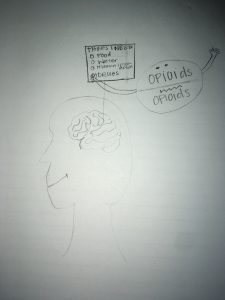 longer sensitive to the everyday stimuli leading to the drug being the only stimulus to create this feeling of pleasure. The drug then eventually becomes less effective in creating this pleasure feeling and higher doses are needed to achieve the same feeling which can lead to overdose.
longer sensitive to the everyday stimuli leading to the drug being the only stimulus to create this feeling of pleasure. The drug then eventually becomes less effective in creating this pleasure feeling and higher doses are needed to achieve the same feeling which can lead to overdose.





 Another problem is that schizophrenia is usually not diagnosed until the late teens to early twenties making it impossible to catch the disease early. Many of schizophrenia’s positive symptoms, including delusions and hallucinations, can be attributed to normal childhood behavior like imaginary friends and make-believe games. Then in the teenage years, most parents and doctors correlate symptoms to hormone imbalances and puberty. There is also a lot of maturing and development that occurs during this time so many doctors don’t want to diagnose a patient prematurely.
Another problem is that schizophrenia is usually not diagnosed until the late teens to early twenties making it impossible to catch the disease early. Many of schizophrenia’s positive symptoms, including delusions and hallucinations, can be attributed to normal childhood behavior like imaginary friends and make-believe games. Then in the teenage years, most parents and doctors correlate symptoms to hormone imbalances and puberty. There is also a lot of maturing and development that occurs during this time so many doctors don’t want to diagnose a patient prematurely.